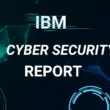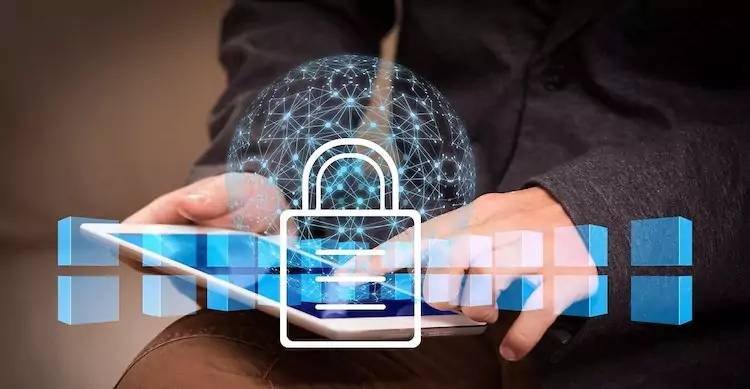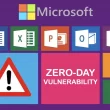The active development of information technologies in recent years has contributed to their introduction into a wide variety of spheres of human life and activity.
As a result of mass use, a single digital and information space has been formed. Along with this, the number of offenses in the global network, directed to various aspects of business activity, has increased significantly. Information on all the facts of business activity is characterized by a high degree of value and is a guarantee of sustainability, development, and efficiency of the company.
But only if it is reliably protected. However, despite the undeniable advantages, total automation threatens the leakage of information, hacking attacks, hacking of information networks, and all kinds of fraud. General negative effects of cyber risks may include loss of profits, inability to obtain bank credit, damage to the information system, reduced productivity, etc. Under such conditions, the cybersecurity of the company comes to the fore.
It is important to mention that cooperation with professional software developers is important for every owner of a modern business. This allows for automating the workflow and makes it more efficient. Follow the link JatApp blog to learn important information on how to hire the best software developers. And in this article, read more about the measures that businesses need to take to ensure cybersecurity.
What Is a Company’s IT Security and What Are Its Principles?
A company’s cybersecurity is the state of protection of the cyberspace of a business as a whole or individual objects of its information infrastructure from the risk of external cyber influence. This ensures timely detection, prevention, and neutralization of real and potential challenges, cyber interventions, and threats to the interests of the company.
The basic principles of cybersecurity are:
- Integration of best security measures into the company’s strategy;
- Protection of key information assets;
- Detection of cyberattacks and effective response to them in order to minimize damage;
- Creating a secure and sustainable company.
The Main Types of Cyber Risks for the Company
- Threats to cyber security in the workplace are actualized due to the following factors:
- Non-compliance of the electronic communications infrastructure with modern requirements;
- Insufficient efficiency of the economic security and business intelligence sector of the company in counteracting cyber threats of special, financial, organizational, and social nature;
- The low general level of awareness of employees in various issues of the cyber security industry;
- Insufficient level of coordination, interaction, and information exchange between the subjects of cyber security of the company;
- Unsystematic measures of cyber protection of information resources, information, communication technologies, company systems, etc.
Main typical types of cyber risks include:
- Risks of information loss and system failure when hacking access passwords or due to DDoS-attack;
- Risks of financial loss due to computer system failures and recovery of software and information due to cybercriminals;
- Risks of financial losses of data holders on recourse claims in the theft, storage, use, destruction, or dissemination of personal information by cybercriminals;
- Risks of financial loss due to cyber extortion when viral blocking of computer systems or databases.
Effective Ways to Improve Cybersecurity for Business
If you don`t know how to secure your computer from hackers but want to protect your business from the above risks, you need to pay close attention to effective security measures. They are described in detail below.
Distributed Infrastructure and Backup
According to world practice, modern companies must follow a distributed infrastructure and backup to effectively protect their data. It is known that any data stored in one place can be lost – it’s only a matter of time. Backup significantly reduces system downtime in the event of data loss, cyberattacks, or technical problems. The distributed infrastructure, in turn, effectively eliminates the risk of unavailability.
Information That Needs Protection
It is important for small and medium-sized businesses to understand what information needs to be protected. Experts identify the following types of information that need protection from cyber threats:
- Economic (information on products or services, sales statistics, financial transactions, reporting on its official publication);
- Personal information (credit card numbers, passport data, identification numbers, information for access to the system);
- Information on consumers and customers (customer registers, details of partners, registers of potential customers);
- Business information (regulations issued by regulatory authorities on business, intellectual property, and project documentation).
Industry Computer Standards and Regulations
The company must constantly maintain its core security of threat protection and adhere to industry computer standards and regulations. Opportunities need to be identified to detect cyber violations and anticipate new threats. It is necessary to develop the ability to respond to imminent cyberattacks and return to routine operations as soon as possible. The main component in this issue may be the management of cyber risks, which should include a set of such actions:
- Education and training of users to raise their awareness;
- Development of procedures for managing IT incidents, including procedures for responding to and eliminating the consequences of their occurrence;
- Development of a cybersecurity guide. It should include the best cybersecurity practices that companies expect from employees. It is advisable to include procedures to ensure the safety of employees, suppliers, and customers. Cybersecurity policies should also include protocols that employees must follow in the event of a breach;
- Use of malware protection procedures, control of the use of removable media;
- Cyber risk insurance should also be added to this cyber risk management system.
Conclusion
Thus, cyber risks go far beyond theft and fraud today. These include loss of competitive advantage due to stolen intellectual property, loss of a customer or business, trust in a partner, and overall damage to a company’s reputation. With the further development of information technology, the variety of cyber risks will probably increase.
Therefore, modern businesses should implement substantiated control measures to protect their key assets and take advantage of various types of cyber security. Certain comprehensive actions can greatly help in reducing various risks and losses. All these actions can be combined into one complex concept of “cyber risk management” which is not a one-time solution. This is a whole set of actions for business owners. Cyber risk management is becoming a strategic imperative that has a profound nature and implications for overall business productivity.
Author Bio: Jenson O’Connell is an expert from JatApp blog who writes on issues surrounding IT development and technology. He regularly publishes in many high-profile editions and helps his readers understand trends in the tech industry and programming infrastructure.











